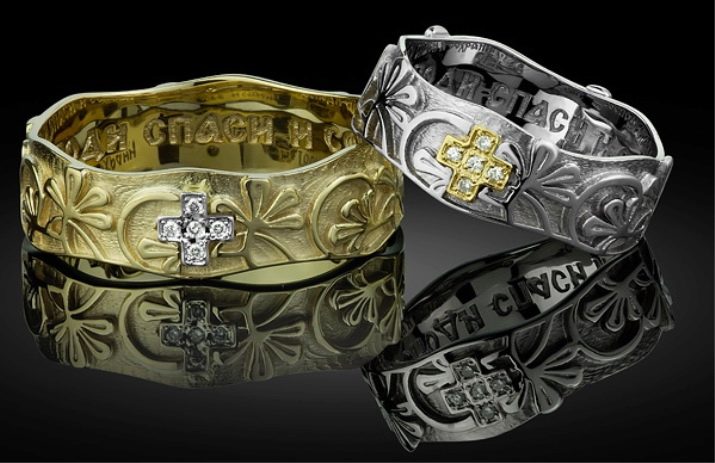Orthodox rings
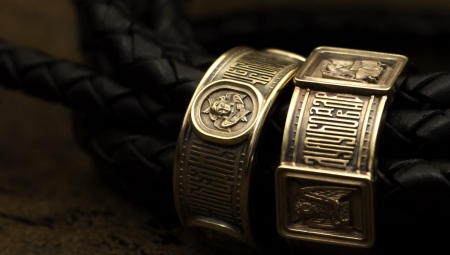
The ring itself can already be considered a talisman: primarily due to its shape. The circle is otherwise a sign of infinity. The material from which the ring was made also plays an important role. Thus, silver items have always been considered a symbol of purity. The article will focus on Orthodox rings - a special type of this jewelry.
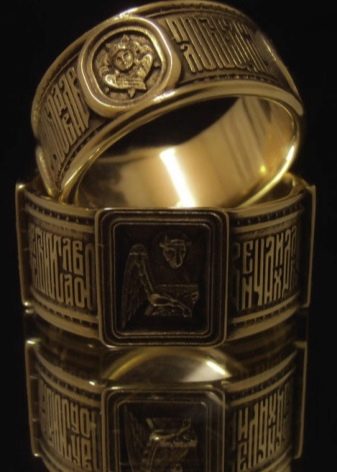
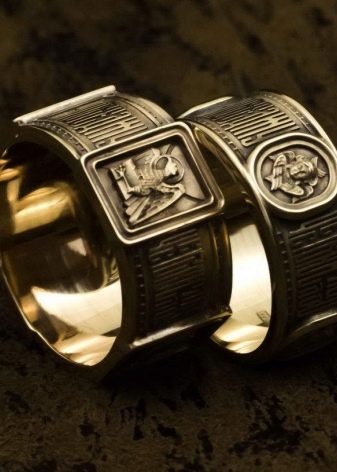
Orthodox rings: terminology issues
However, to call Orthodox rings "jewelry" is fundamentally wrong and even somewhat rude. Rings of this kind are considered a kind of protective amulet that protects not only external negative influences, but also bad thoughts. Over time, rings began to be considered the same church symbol as a pectoral cross. And, of course, there is no question of any mysticism in this case.
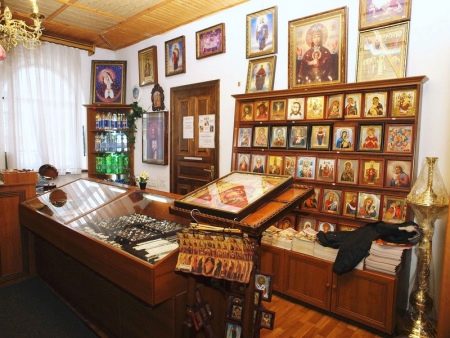
However, the majority of clergy do not support this idea, and there are a number of reasons for this:
- Firstly, the church has a very negative attitude to all kinds of amulets.
- Secondly, only God can protect a person from troubles and save him from atrocities, but not a ring.
- Thirdly, if every jewelry boutique can offer such "accessories" to choose from, then all the spiritual value of the thing is lost.
An important nuance: if the ring for the owner is only a symbol of faith and a reminder of it, then this does not go against religious norms.

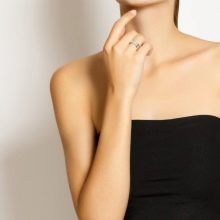
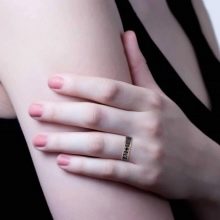
Who needs it?
There are plenty of types of rings - among them there are rings with the faces of saints, and with engraved biblical quotes, and with the names of patrons. They are often bought by people who associate themselves with Christianity at the cultural level, or who do not at all identify themselves with religion. For them, it is, first of all, a pretty accessory.
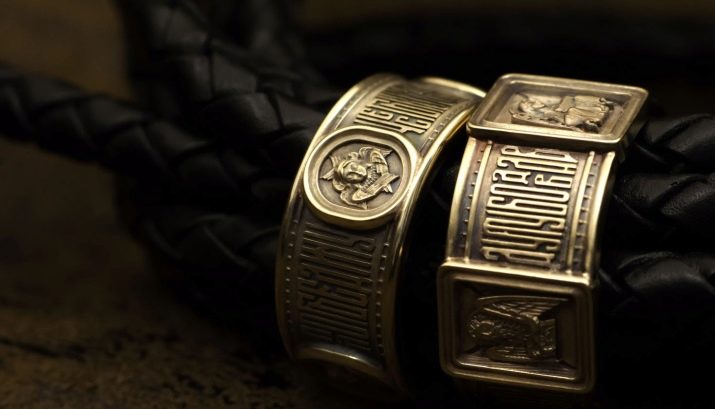
Of course, neither such an attitude to the ring, nor its acquisition is prohibited. But mainly this detail is intended to remind the believer of the Lord. They are purchased for themselves, close friends, relatives and even for small children. Some believers, for their own reasons, do not want to wear a cross or somehow demonstrate their religiosity - a product with an engraving on the inside can come to the rescue.
Although it was said above about the skeptical attitude of the altar attendants to jewelry with Orthodox symbols, and even more so to the perception of them as a "defense mechanism", one can come across a real confirmation of such properties of the rings.
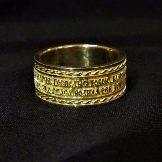
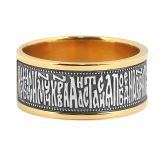
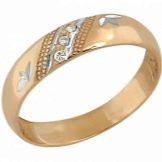

The most common example is loss or deterioration of the appearance of a product. It is generally accepted that the ring "takes a blow on itself", saving the owner from illness or misfortune. It is curious that something similar is said if the cross is lost or darkened.

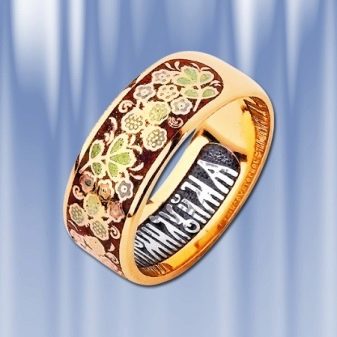
Which metal to choose?
Orthodox rings differ:
-
by material of manufacture - gold, silver, iron;
-
by design - even such rings can be decorated with stones or enamel;
-
by appointment - for a wedding ceremony, for men, women, children;
-
by the image and inscriptions - it is easy to find a ring with a prayer, a tiny icon, a wicker pattern, etc.
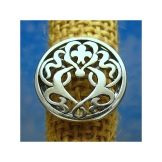
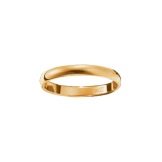
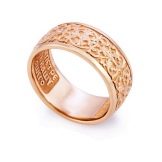
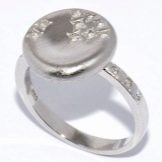
Perhaps, it is worth starting with the materials, because many are misled: there is an opinion that neither crosses nor rings with Christian symbols made of gold can be worn.
Silver is a special metal, and our ancestors knew about it. In addition to the fact that it was endowed with extraordinary healing properties, it was often said about the powerful energy that a silver product accumulates in itself.

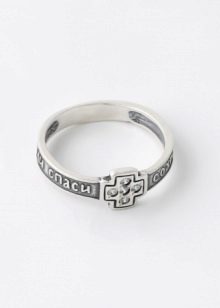
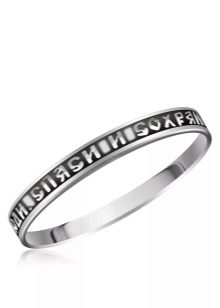
Gold has its advantages: it is a symbol of light and sun, therefore it is rightfully considered the main material. But it cannot be said that he was more revered. Silver was also paid tribute to, and was used much more often. And the reason for that is the price.
By and large, it doesn't matter which metal ring you choose. It is important that you want to wear it, feel the joy of one sight and, as they say, "so that the soul lies."
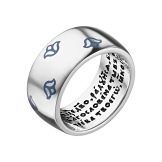
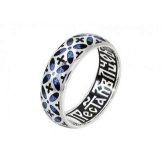
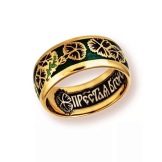

The most common types of rings
One of the most widely known Orthodox rings - with the inscription "Save and Preserve". Many people are of the opinion that it can replace the icon, but this is not at all the case. There is powerful energy in simple words, and therefore one can believe that they help to preserve the purity of thoughts, to reason, to direct them to the true path. This is precisely the meaning of the “Save and Preserve” ring, but not in the accessory itself.
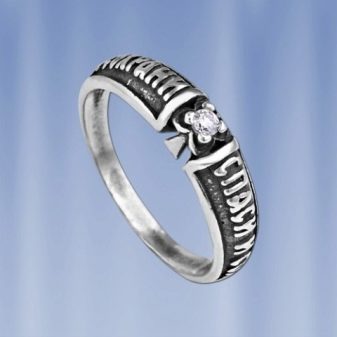
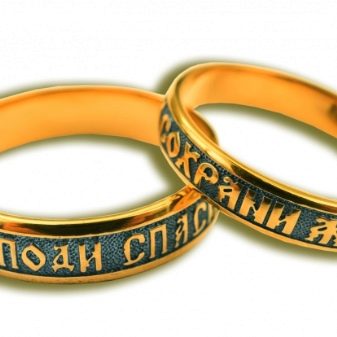
It is impossible to confuse wedding rings with engagement rings: if the latter can be considered as a decorative element, then the former are designed exclusively to help in carrying out the ceremony and become a symbol of love.
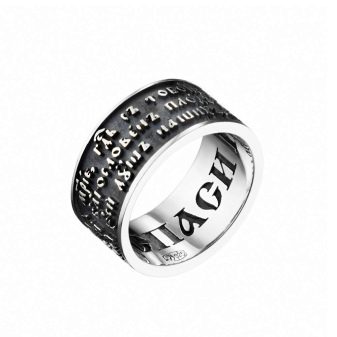
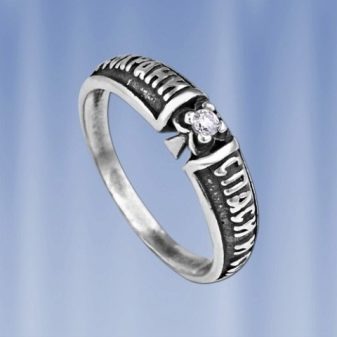
According to tradition, the wedding rings should be different for the husband and wife. The man wears gold and the woman wears silver. No excesses and luxury are absolutely unacceptable: stones, two-color, any design tricks - all this will have to be left for another case. The design should be the most unpretentious. True, one deviation is possible: if you wish, you can engrave the names of the husband and wife or the date of the wedding.
By the way, although it is customary to wear wedding rings on the right hand, the opposite is true with wedding rings. The ancients believed that the path from the ring finger of the left hand goes straight to the heart.




Prayer rings are also common. Prayers can be engraved different: the prayer of the publican, "Lord, have mercy", to the Mother of God. The meaning and purpose of such a ring is the believer's appeal to God, the constant presence of the Almighty next to a person. Rings with prayer are often chosen by women - mainly because of their grace and diminutiveness. However, such rings cannot be divided into strictly male and female.
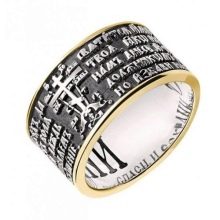
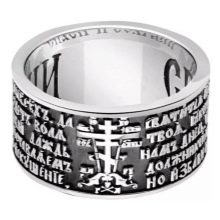
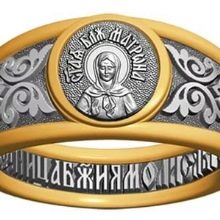
Signet rings are considered more independent jewelry than a symbol of Christianity.Such items are usually richly decorated and combine several types of metal or precious stones. But they can also correspond to Orthodox themes. Often there are seals with the faces of saints, crosses or angels.
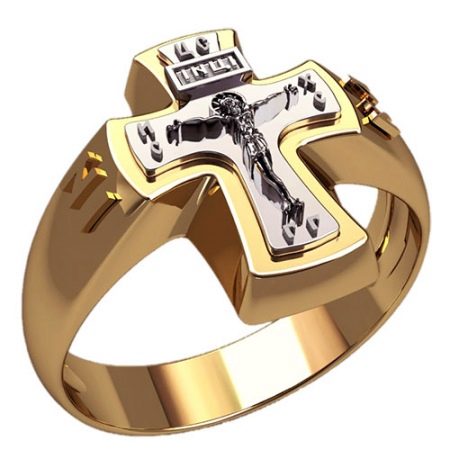
Rings designed for children differ little from "adults", except for the size. Most often, parents buy rings for their children with the same “Save and Save” engraving, or with prayers. Of course, the decor on them is at a minimum, but this applies to almost any Orthodox rings.
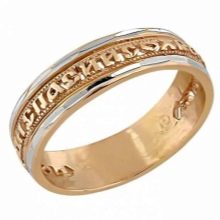
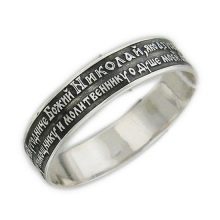
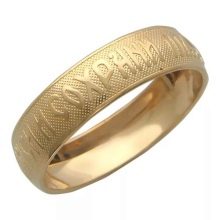
Tips & Tricks
For those who are used to adhering to strict guidelines, there are a couple of tips to give:
-
Rings with symbols can be purchased at any jewelry store, but it is a good idea to do so in a church shop.
-
If you bought jewelry with a prayer or a saint at a regular outlet, then you should go to church and consecrate the ring.
-
It is advisable to wear the ring at all times, removing it only if necessary.
-
Single men and single girls should ideally wear a ring on their index or middle finger.
-
For those who are married, there are some nuances: although there is already a ring on your ring finger, it is quite possible to wear two rings on one finger. True, we are only talking about rings with prayers.
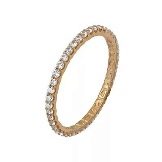
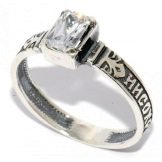
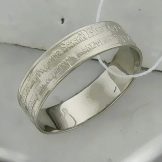
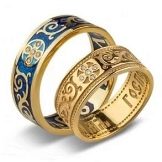
But, by and large, these rules are not strict, nowhere and not prescribed by anyone. There are no rigid limits regarding wearing or purchasing rings. And this is correct: what matters is not which finger the jewelry is worn on, and even more so - not its cost or the place of purchase, but the strength of the owner's spirit and his thoughts.
